Most Energy Efficient Roofing Types
Many roofing materials, including various shingle types, are now regarded as energy-efficient and suitable for residential properties. Each roof shingle has its own unique characteristics which, in particular conditions, are more effective. In areas where the weather is colder, energy-efficient roofing shingles are more beneficial. Others are more effective in combating the heat that comes with sunny and dry climates.
There are several types of residential roofs available to help you reduce your home’s energy consumption. You’ll need to weigh your options and think about a number of things, including your local climate, the type of aesthetic you want, and which energy-efficient roofing features are most important to you.
Table of Contents
The Advantages of Having an Energy-Efficient Roof
There are many advantages to having an energy-efficient roof. The most obvious benefit is the immediate savings on heating and cooling expenses; nevertheless, some of the other significant advantages include:
- Property and resale value have increased.
- Removes the broiler effect
- Tax breaks and utility rebates
- Low-maintenance
- Increased service life
- Keep in mind that lighter shades of grey or white reveal more algae and debris than darker shades like dark grey, green, red, or blue when selecting a colour for your energy-efficient roof.
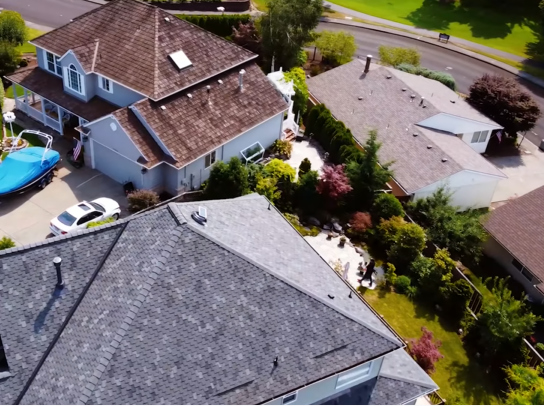
Roof Types
Residential structures may benefit from a variety of energy-efficient roofing materials, ranging from different kinds of shingles to ENERGY STAR® metal roofing. Each kind of energy-efficient roof shingles has a unique appearance and set of characteristics that may be more beneficial in a particular region. Certain kinds of energy-efficient roofing shingles are more effective in colder regions, while others can withstand the heat of dry, sunny conditions.To determine which types of residential roofs are appropriate for your home, thoroughly consider each kind of energy-efficient roof shingles. Among the most common energy-efficient roof choices are:
- Asphalt shingles
- Metal roofing
- Slate roofing
- Tile roofing
1. Asphalt Shingles
If you choose the appropriate colour for your particular geographical region, asphalt shingles may be energy-efficient. Dark hues like black and brown are not Energy-Star certified because they absorb heat rather than reflecting it. Asphalt shingles come in a range of colours and patterns, and they’re the most cost-effective option for an energy-efficient roof if you’re on a budget. They do, however, require regular maintenance and inspections.
Because asphalt shingles lack the reflecting characteristics of other materials such as metal, ceramic, slate, and others, correct installation and ventilation are critical. Before applying the shingles, experts suggest using an ice and water barrier instead of conventional tar paper to cover the whole roof. When contemplating asphalt shingles, adequate ventilation in the attic and roof is also required. When correctly placed, most asphalt shingles may last 15-30 years.
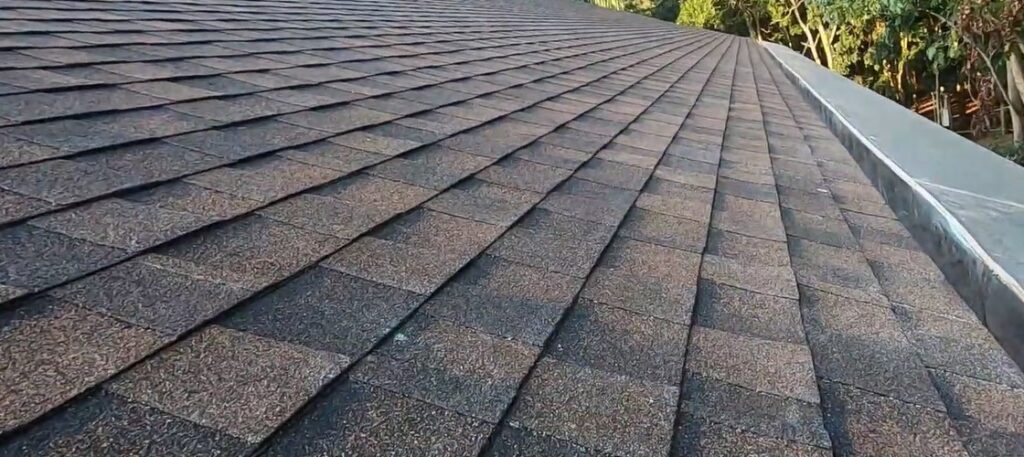
2. Metal Roofing
Metal roofing is one of the finest options for a roofing system. Metal roofs have been shown to survive up to 50 years when correctly constructed, and their interlocking panels offer great wind and weather protection. They are very lightweight, which lowers stress on building supports, and they are also fireproof, which may be a major benefit in dry climates. They are very energy-efficient, and they are available in a wide range of colours and designs to fit virtually any taste, so they have almost universal appeal as a possible roofing option.
Cool-Metal Roofing
Cool-metal roofing, which is a coating, is also one of the most popular options for energy-efficient roofing. This unique coating increases the reflectivity of metal roofing, making it more energy-efficient. Your air conditioner will appreciate you for keeping it cold rather than having a heat-absorbing roof.
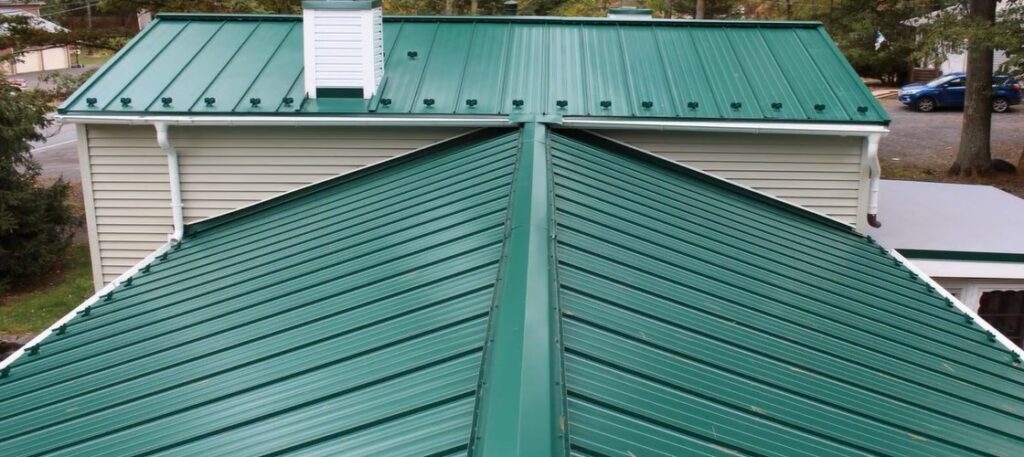
3. Slate Roofing
Slate roofing is one of the most long-lasting roofing materials on the market. It will endure between 75 and 150 years. Roofing materials account for about 3% of all landfill items. If households invest in longer-lasting roofing materials, there will be less roofing material filling landfills and damaging the environment. Slate is also very thick, so it will automatically control the internal temperatures of the structure, boosting your energy savings.
However, slate is heavy, and your structure may not be able to support a slate roof. We will carefully examine your structure before providing you with a quotation, so you will know which roofing materials are ideal for your house.
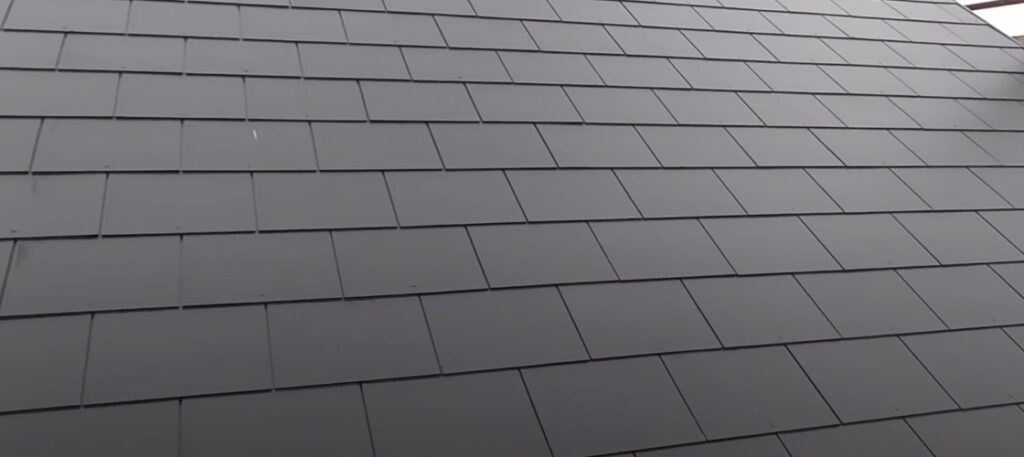
4. Tile roofing
Roofing tiles’ basic materials have an inherent thermal resistance to heat. Ceramic, porcelain, concrete, slate, cedar, glass, and asphalt are the most frequently produced roofing tiles for residential buildings. Ceramic, slate, and concrete tiles are the finest options for their reflecting characteristics, which allow them to be genuinely energy-efficient.
Regardless of material, each tile is placed separately, creating natural spaces for air to circulate around them and decreasing the amount of heat transmitted to your attic. If correctly built, a concrete tile roof may last 50 years, whereas ceramic and slate roofs can last 100-150 years.
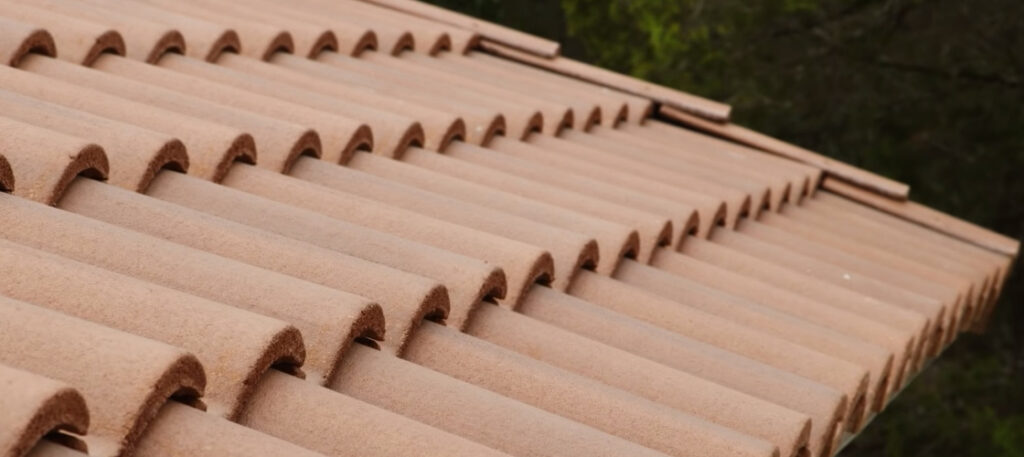
Color of the Roof and Energy Efficiency
Unwanted heat is the primary issue with roofing energy efficiency, you may think that a lighter coloured roof is always preferable to a darker roof. But the truth isn’t nearly that simple.
While lighter colours are more heat reflective by nature, roofing materials have a much larger impact on roofing energy efficiency. A roof that is ENERGY STAR certified will usually outperform a roof that is not.
Another consideration is temperature; although lighter roofs are an obvious option in the hottest climates, houses in colder climates are typically better suited by a darker roof that can collect some free heat from the sun during the winter.
Whatever kind of roofing material you eventually select, you’ll most certainly discover a number of colours within that spectrum. It is generally preferable to choose your material first and then your colour.
Which is the most energy-efficient roofing type?
The answer to this question is not as straightforward as readers would assume. The fact is that there are many energy-efficient roofing materials available. Metal roofs are one of the best all-around choices. They have a lengthy life expectancy, which reduces waste from maintenance and new construction. They are also naturally reflective, which helps to decrease heat, which has an impact on the energy consumption of a home. The most energy-efficient roof, on the other hand, takes a variety of factors into account to determine the best commercial or residential building health, including:
Design and building
Roofing Material
Ventilation
Roofing Material
Construction and design relate to the kind of roof, such as cross-gabled, flat, or pitched. Because the colour of the materials used has a major impact on heating and cooling, it may be referred to as design. Without a doubt, one of the most essential elements is ventilation. Ventilation is critical to preserving a roof’s energy efficiency. A well-ventilated roof allows air to circulate through an attic. There should be vents for allowing air in and vents for allowing air out.
